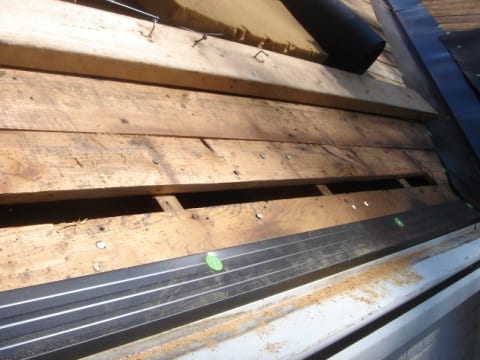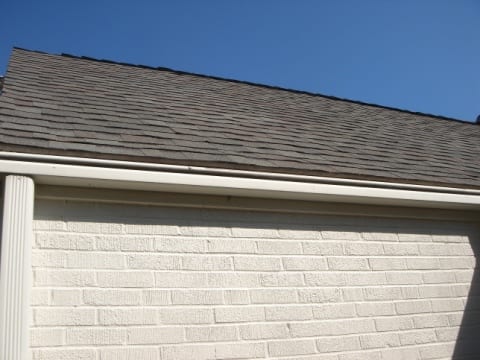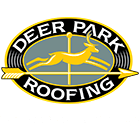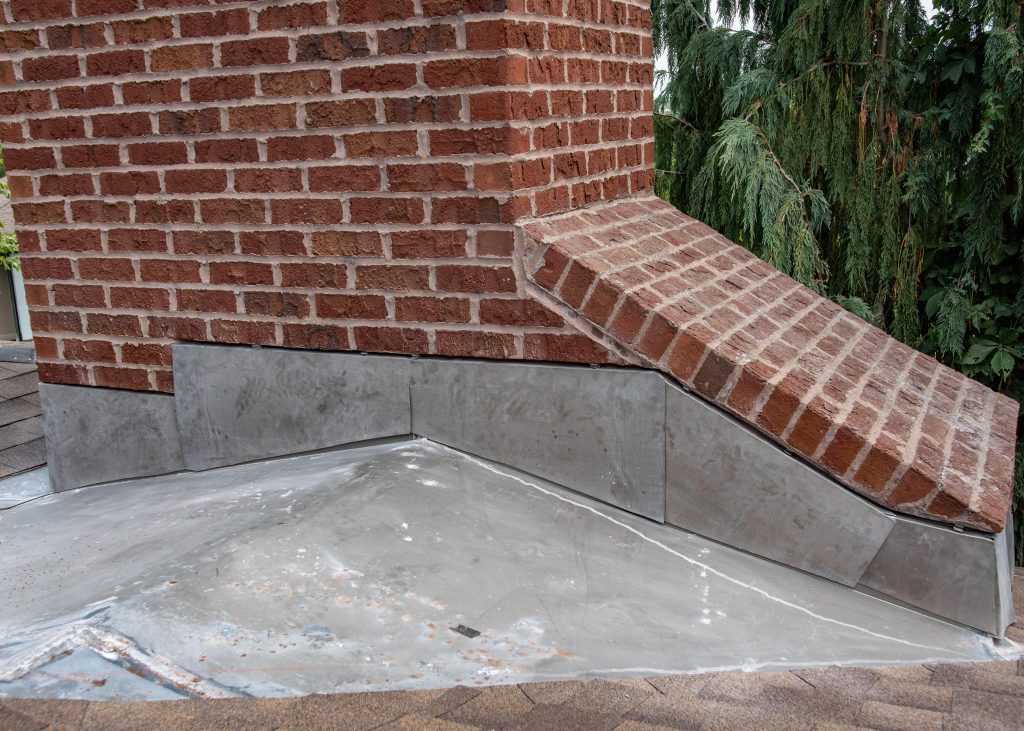
Soffit and Eave Intake Vents
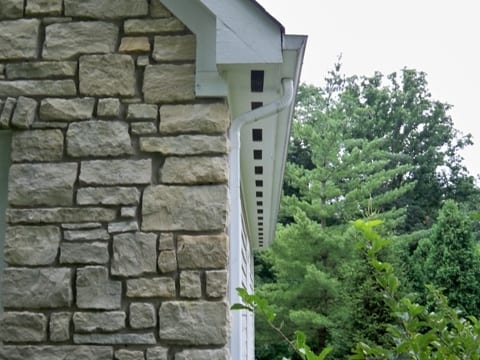
- Cooling costs are reduced and the living conditions are more comfortable as attic temperatures can be decreased by as much as 40%.
- Winter problems such as ice dams and condensation are prevented.
- Thermal expansion and contraction of the shingles is minimized, and the longevity of the roof system is increased.


